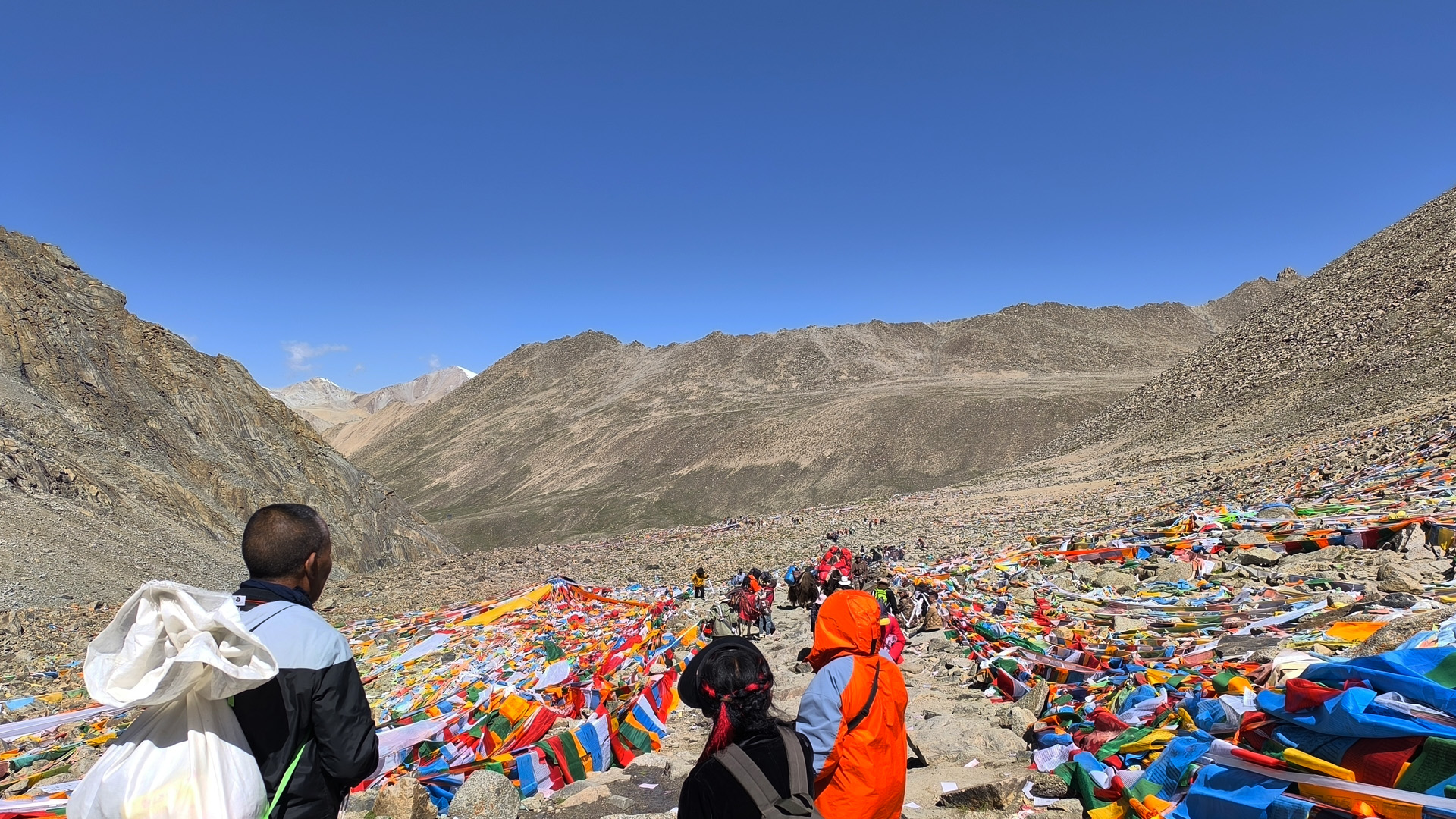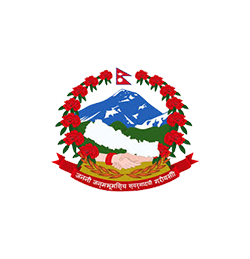Mount Kailash, situated in the remote Trans-Himalayan region of Tibet, is a sacred destination for spiritual seekers and adventurers alike. The Kailash Mansarovar Yatra is not just a pilgrimage—it’s a life-changing journey that traverses awe-inspiring landscapes, ancient cultural landmarks, and high-altitude passes.
Every year, thousands of devotees embark on this transformative experience. However, one of the most common and serious challenges faced along the route is altitude sickness. Understanding how to prevent, recognize, and respond to this condition is essential for a safe and fulfilling journey.
What Is Altitude Sickness?
Altitude sickness (also known as Acute Mountain Sickness or AMS) occurs when your body struggles to adapt to the lower oxygen levels at higher elevations. It’s a common condition on treks that involve rapid ascent or elevations above 2,500 meters (8,200 feet).
Depending on your health, fitness, and altitude experience, even moderate elevations can trigger symptoms like headaches, nausea, dizziness, and fatigue. For example, someone from sea level may feel symptoms even at 2,000 meters, while a person from Kathmandu (1,400 m) might adjust more easily.
Elevation Profile of Kailash Mansarovar Yatra
Here’s a snapshot of the altitude progression along the typical Kailash route:
| Location | Elevation (m) | Elevation (ft) | Description |
|---|---|---|---|
| Kyirong (Start) | 2,700 | 8,858 | Entry point from Nepal to Tibet |
| Saga | 4,640 | 15,223 | Acclimatization stopover |
| Mansarovar Lake | 4,590 | 15,060 | Sacred lake near Mount Kailash |
| Darchen | 4,575 | 15,010 | Base point for Kailash Parikrama |
| Diraphuk | 4,900 | 16,076 | Night stop during Kora |
| Dolma La Pass | 5,630 | 18,471 | Highest point of the trek |
| Zuthulphuk | 4,835 | 15,860 | Descent and final point of Kora |
Why Altitude Sickness Happens During Kailash Mansarovar Yatra
The risk of AMS increases dramatically when gaining elevation rapidly—especially while crossing Dolma La Pass (5,630 m). The body has to cope with:
- Lower oxygen levels
- Rapid ascent
- Cold temperatures
- Physical exertion
- Dry air causing dehydration
Without proper acclimatization, you could experience mild to life-threatening conditions like HAPE (High Altitude Pulmonary Edema) or HACE (High Altitude Cerebral Edema).
Common Causes of Altitude Sickness
- Fast ascent without rest days
- Dehydration
- Inadequate sleep
- Alcohol consumption
- Individual vulnerability (age, fitness, pre-existing health issues)
Symptoms of Altitude Sickness
Mild Symptoms
- Headache
- Nausea
- Fatigue
- Dizziness
- Loss of appetite
- Insomnia
- Swelling in hands or face
Severe Symptoms
- Persistent headache
- Breathlessness at rest
- Vomiting
- Reduced urine output
- Rapid heartbeat
HAPE (High Altitude Pulmonary Edema)
- Shortness of breath
- Wet cough with frothy mucus
- Chest tightness
- Cyanosis (bluish lips/fingertips)
HACE (High Altitude Cerebral Edema)
- Severe headache
- Confusion
- Hallucinations
- Loss of coordination
- Coma (in extreme cases)
How to Prevent Altitude Sickness on the Kailash Yatra
1. Gradual Acclimatization
Take your time while ascending. Add acclimatization days to your itinerary, especially around Saga and Mansarovar.
2. Stay Hydrated
Drink at least 3–4 liters of water per day. Avoid caffeine and alcohol, which dehydrate the body.
3. Maintain a Balanced Diet
Choose warm, freshly cooked vegetarian meals. Avoid meat and raw foods which may upset your stomach. High-protein snacks like nuts, energy bars, and chocolate help boost energy levels.
4. Breathe Mindfully
Practice deep breathing techniques before and during your journey. Cardiovascular fitness training helps too.
5. Avoid Alcohol & Smoking
These restrict oxygen absorption and increase risk of AMS.
What to Do If You Get Altitude Sickness
1. Descend Immediately
The best and most effective remedy is descending to a lower altitude as soon as symptoms appear.
2. Rest & Recover
Avoid any further ascent and allow your body time to heal. Stay warm, hydrated, and nourished.
3. Medication (Under Medical Guidance)
- Diamox (Acetazolamide) – helps acclimatize faster
- Nifedipine or Dexamethasone – for HAPE/HACE symptoms
Carry these only after consulting your doctor.
4. Learn Basic First Aid
Familiarize yourself with first-aid techniques for high-altitude emergencies. Carry a basic first-aid kit at all times.
Final Travel Tips for Kailash Yatra
- Build your stamina through regular walking, jogging, or trekking.
- Consult your physician before the trip, especially if you have heart or lung conditions.
- Travel with experienced guides and a support team familiar with high-altitude trekking.
- Choose a well-structured itinerary that prioritizes your health and comfort.
Conclusion
The Kailash Mansarovar Yatra is a sacred and unforgettable journey—but it requires preparation, especially for high-altitude challenges. By recognizing the symptoms of altitude sickness early and taking proper preventive steps, you can ensure a safe, spiritual, and transformative experience.
Let Everest Hikes be your trusted partner in guiding you through this divine adventure—safely and mindfully. For you, we have brought 12 days Mt Kailash and Manasarovar Pilgrimage Tour for 2025 and 2026.







